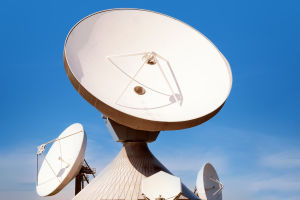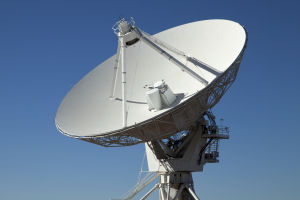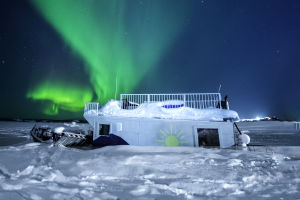In today's era of escalating interest in renewable energy, wind power stands out as a clean and sustainable energy source.
However, the paradox of wind turbines spinning slowly yet generating electricity can sometimes perplex people.
This article explores the underlying reasons for this phenomenon, providing technical, physical, and engineering insights.
1. Understanding the Working Principle of Wind Turbines
To comprehend why wind turbines operate the way they do, it's essential to grasp their working principle. Wind turbines function by converting the wind's kinetic energy into mechanical energy, which is then transformed into electrical energy.
Typically, a wind turbine's rotor, often a large blade resembling a windmill, is turned by the force of the wind. This rotating rotor is linked to the generator's power-generating components, such as the magnetic field and coils within the generator rotor.
As the rotor spins, electromagnetic induction occurs between the magnetic field and the coil, generating current and eventually producing electrical energy.
2. The Relationship Between Wind Speed and Power Generation
Wind speed plays a pivotal role in determining the rotation speed of wind turbines. Generally, higher wind speeds lead to faster rotation of the wind turbine, resulting in more mechanical energy, which is converted into greater electrical energy output.
However, wind speed isn't the sole determinant of power generation. The relationship between power generation and wind speed is nonlinear, characterized by a complex curve. Wind turbines may rotate relatively slowly at lower wind speeds but still produce a measurable amount of electrical energy.
This is due to the comprehensive consideration of various factors in wind turbine design, including wind wheel design, pitch mechanisms, and generator optimization, enabling effective conversion of wind energy into electrical energy even at low wind speeds.
3. Initiating and Operating Wind Turbines
Initiating and operating wind turbines at low wind speeds warrants attention. Typically, wind turbines require a minimum wind speed to commence operation.
Once this threshold wind speed is attained, the wind turbine initiates rotation, gradually accelerating to its rated speed. However, at low wind speeds, the output of the generator may be comparatively low because wind energy conversion efficiency depends on both wind speed and rotor design.
Additionally, wind turbines often have positioning systems that adjust the rotor angle to maximize wind energy utilization, ensuring efficient operation even at low wind speeds.
4. Optimization of Wind Power Generation Systems
Engineers continually strive to optimize wind power generation systems to mitigate the impact of low wind speeds on power generation efficiency.
Improvements in wind wheel design, rotor efficiency, advanced pitch mechanisms, and generator component optimization enable wind turbines to operate efficiently even at low wind speeds.
For instance, some wind turbines incorporate adjustable rotor designs that automatically adapt blade angles based on prevailing wind speeds to optimize performance.
Moreover, specific modern wind turbines leverage energy storage technology, allowing them to store excess energy during low wind speeds and release it as needed, enhancing overall system efficiency.
5. Conclusion
In conclusion, the ability of wind turbines to generate electricity despite rotating slowly at low wind speeds can be attributed to several factors.
These include optimizing wind turbine design, the intricate relationship between wind speed and power generation, and implementing intelligent control technology in power generation systems.
As technology advances and engineering practices are refined, wind turbines' performance at low wind speeds is expected to improve further, contributing significantly to the advancement of renewable energy.
Therefore, despite their slow rotation, wind turbines possess significant power generation potential and have garnered widespread adoption and promotion worldwide.


